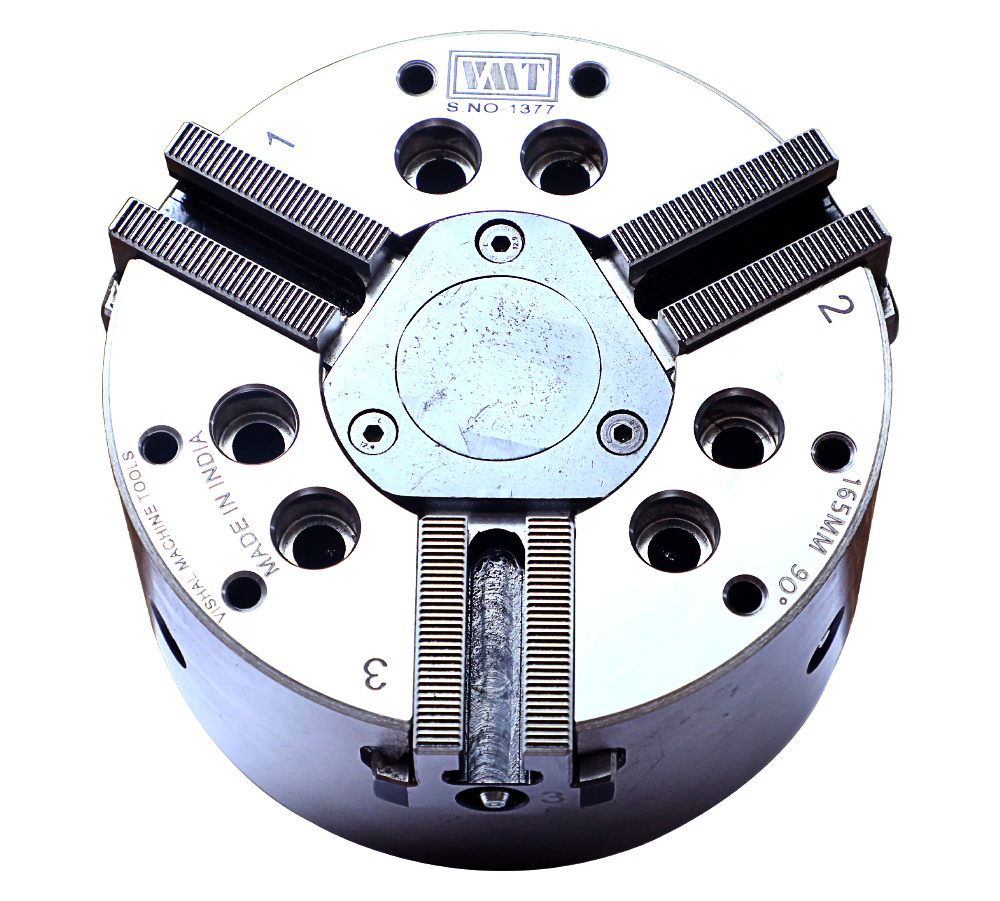Common Challenges and Solutions when Using Revolving Centers.
Are you tired of the same old, boring turning operations? Are you looking to take your machining to the next level of innovation? Look no further than revolving centers! These amazing tools can revolutionise your machining processes and take your productivity to new heights. However, like any tool, there are common challenges that you may encounter when using revolving centers. But fear not! In this blog, we will discuss these challenges and provide you with innovative solutions to overcome them.

Challenges and Solutions
- Heat Generation
Using rotating centres has a lot
of challenges, one of which is heat generation. As the centre revolves at high
speed, friction gets to it, causing heat buildup. Cooling systems can be
integrated into the revolving centres to overcome this challenge, which
can affect the accuracy of the machining process and even damage the workpiece.
Air and coolant are used in these systems to dissipate heat, keeping the
process smooth and precise.
- Workpiece Deflection
If you're using a revolving
centre, you might run into some deflection problems. Due to the cutting forces
applied, the workpiece may bend or flex due to the support from the revolving
center. It can result in inaccuracies and dimensional errors in the product.
Advanced revolving centres come with anti-deflection mechanisms to help with
this. You'll get accurate, high-quality results when using these mechanisms
because they minimise workpiece deflection.
- Tool Wear
There's always a problem with
tool wear in machining processes, and revolving centres aren't any different.
Having the workpiece rotate and be in constant contact with it causes wear and
tear on the centre, affecting its performance. This can be solved by
using innovative materials and coatings in revolving centre
manufacturing. The enhanced durability and wear resistance of these materials
and coatings reduce the need for frequent replacements.
- Vibration and chatter
Vibration and chatter are
undesirable phenomena that can occur during machining processes, leading to
poor surface finishes and reduced tool life. When using revolving centres, the
rotation speed and imbalance can contribute to these issues. To combat
vibration and chatter, innovative balancing systems can be incorporated into
revolving centers. These systems dynamically adjust the centre's balance,
minimising vibrations and ensuring smooth and stable machining operations.
Conclusion
Revolving centres offer immense potential for innovation in
machining processes. While they may present challenges such as heat generation,
workpiece deflection, tool wear, and vibration, these challenges can be
overcome with the right solutions. By integrating innovative cooling systems,
anti-deflection mechanisms, advanced materials and coatings, and balancing
systems, you can maximise the benefits of revolving centres and achieve
superior machining results.


Comments
Post a Comment